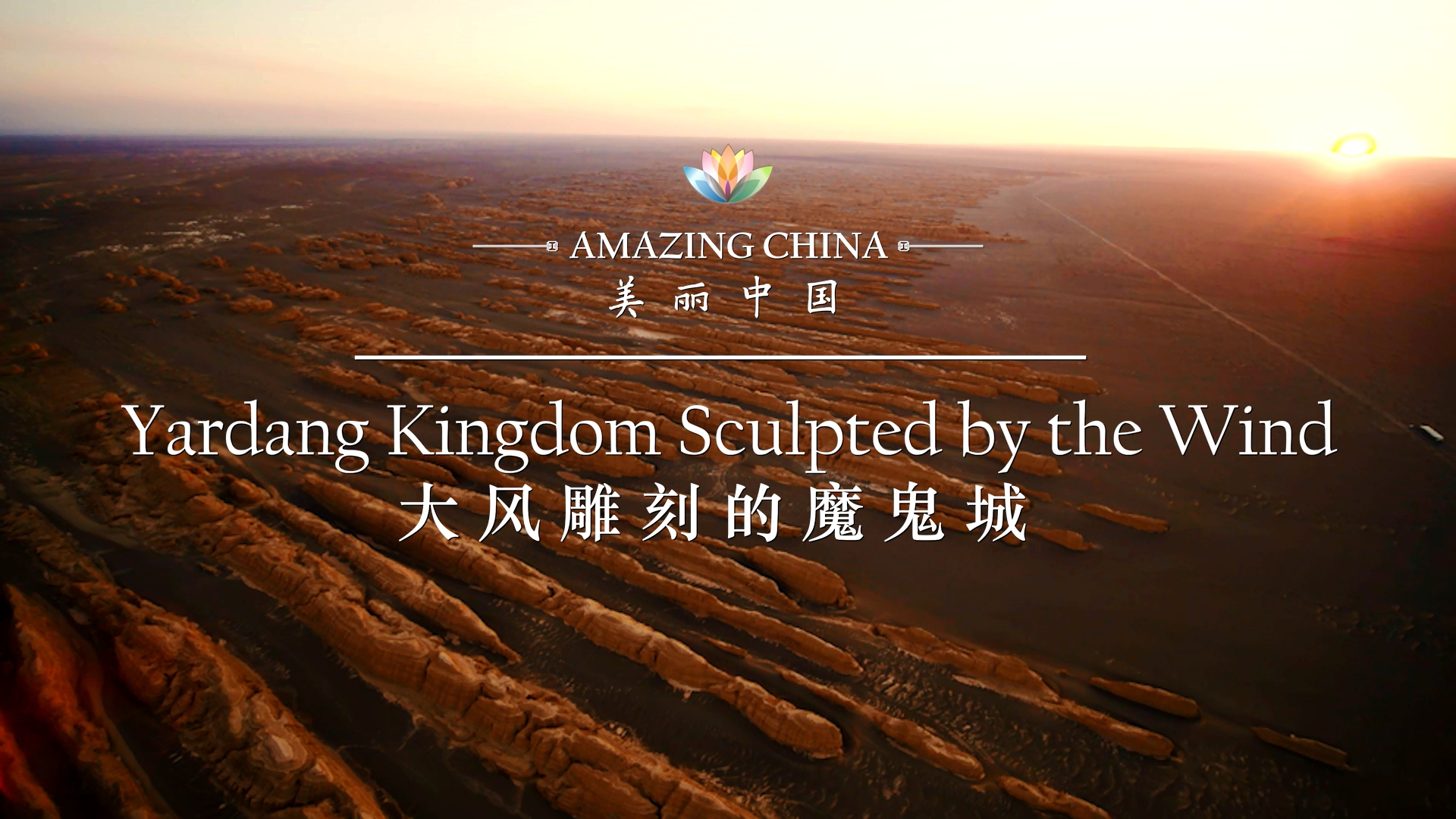02:41

In northwest China's Gansu Province, there are more than 5,000 mounds on the desolate Gobi Desert, called yardang.
In Uygur, "yardang" means hills with steep walls.
Yardang landform is a typical artwork of wind erosion.
It features ancient castle-like structure with many ridges and grooves and is common in northwest China.
Another yardang, Wucaitan, meaning "rainbow beach" in Chinese, is found in Altay Prefecture of northwest China's Xinjiang Uygur Autonomous Region.
The multi-colored terrain caused by different minerals in rocks make up its unique beauty.
Located in the hinterland of Qaidam Basin on Qinghai-Tibet Plateau, the unique water yardang landform has attracted many tourists and researchers.
In the Dunhuang Yardang National Geopark, there are 77 huge rock formations.
Wind speeds here can reach up to Force 12, and sometimes as fast as the speed of a cheetah, and strong enough to lift a 10-meter-high wave.
These mounds are not strong enough to withstand the insistent winds.
The sand and stones picked up by the wind are like sharp weapons, hacking away at the rock surface and carving out a variety of shapes.
(Cover image is a screenshot from the video.)
(If you want to contribute and have specific expertise, please contact us at nature@cgtn.com.)